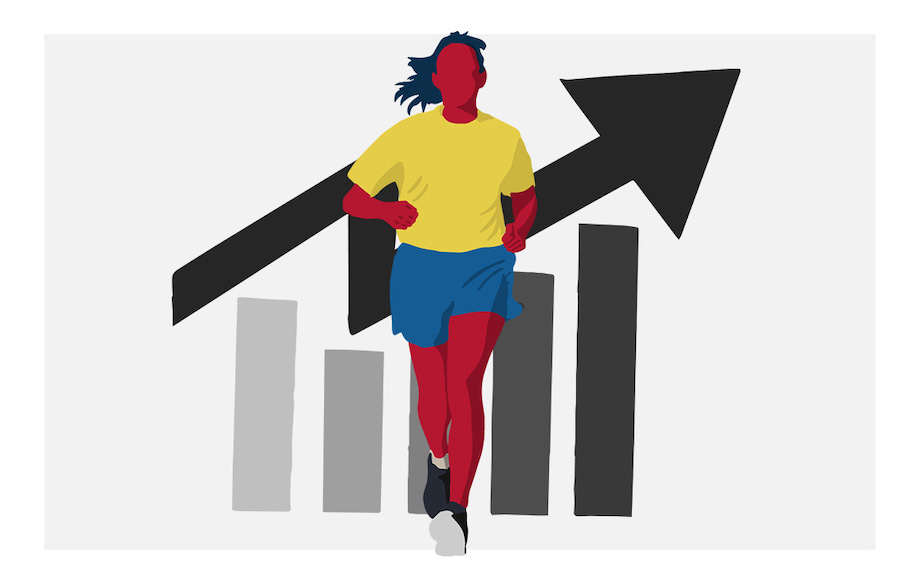We test and review fitness products based on an independent, multi-point methodology. If you use our links to purchase something, we may earn a commission. Read our disclosures.
Running is a simple sport, but it requires work—you don’t become a fast runner by mistake. You need to be deliberate about your training sessions, and potentially introduce lifestyle changes, to become faster.
If you’re wondering how to run faster, we’ve got you covered with 11 tips and techniques for maintaining faster paces for longer runs, whether your goal is to run a 10K, half-marathon, or a full marathon. These tips are not secrets, but they’re often dismissed because they require getting out of your comfort zone. At the end, we’ve also provided two workouts to help increase your running speed. Let’s dive in.
11 Techniques to Increase Speed
Whether you want to hit a new PR, smoke your last long-distance race time, or improve your mile time, the techniques listed below will demystify how to run faster.
1. Refine Your Form
Good running technique makes running easier on your body, allowing you to put training miles in the bank while reducing your risk of injury and lengthening time to fatigue. If you run with good form, you’ll be able to use your energy more efficiently to run longer and faster.
A few basic principles of good running form are: standing tall through the waist; striking mid-foot; and looking ahead 10 to 20 meters. Do not flap your arms sideways as it wastes energy. Instead, relax your shoulders, allowing your arms to move front-to-back instead.
There are a few running drills you can include in your training plan to help your balance and coordination—butt kicks, high knees, bounding, and straight-leg runs are a few. Do these at least once a week to help promote good form.
2. Try Strength Training
Run longer and faster by strategically including strength training in your routine. Lifting weights at least twice a week will not only increase overall strength, it will help with stability via strong core muscles, and power as well.
Strength training can also help keep nagging running injuries at bay. Even if running is your preferred sport, you can suffer from overtraining syndrome if you run too frequently, so consider strength training days to make you a more well-rounded athlete.
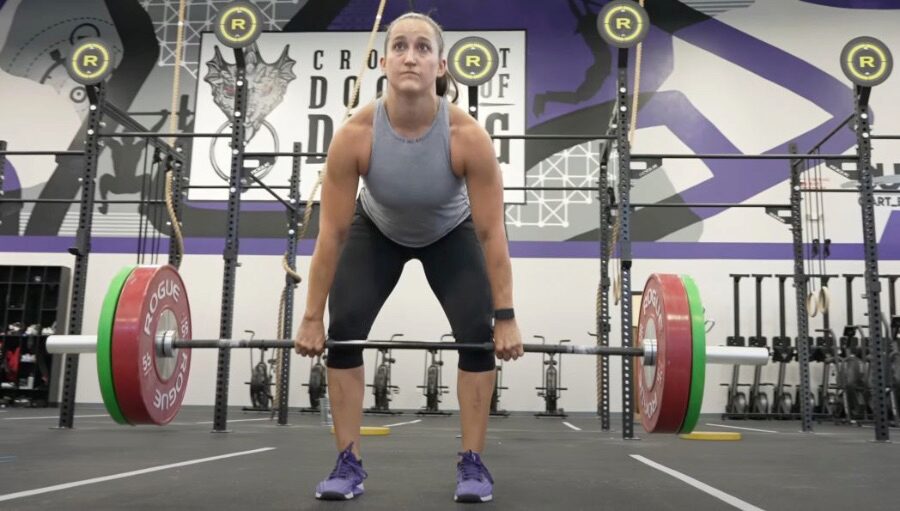
Exercises to run faster include deadlifts, lunges, squats, glute bridges, planks, and plyometrics like box jumps—these are all beneficial forms of strength training for runners. Don’t neglect your upper body, either: A strong back and strong shoulders are important for maintaining good posture during longer runs.
RELATED: Cross Training Exercises
3. Incorporate Hill Training
Adding in hill training is of utmost importance for various reasons. It improves your stride; strengthens important running muscles like your hamstrings and quads, as well as your ligaments and tendons; and has been shown to enhance your running economy and performance.
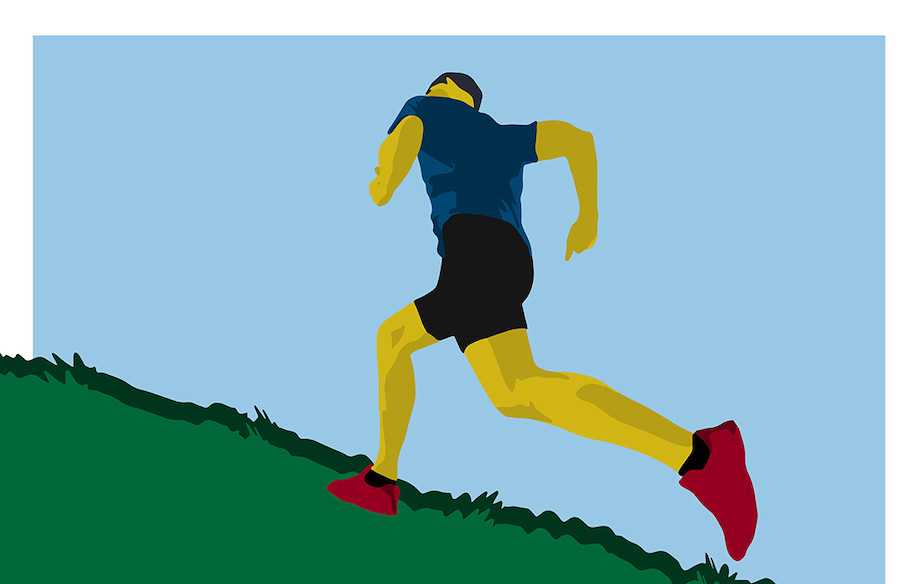
If you don’t have any hills in your area, you can reap equal benefits by running on an incline treadmill.
4. Incorporate Tempo Runs
Tempo running is a type of speed-work training session. It involves maintaining a fast running pace for 10 to 50 minutes, depending on how experienced of a runner you are. On the Ratings of Perceived Exertion (RPE) scale, a tempo run clocks in at about a 7 out of 10.
The pace on your tempo runs is somewhere just below your lactate threshold, the point at which lactic acid starts to build in the muscles. You know that heavy burning feeling in your quads? That’s lactic acid.
Because tempo runs are not all-out sprints, they develop the body’s capability to run faster for a longer duration, helping you get that PR in your races. On race day, you will be mentally strong and confident if you’ve done tempo runs in your training.
5. Incorporate Fartleks
The word “fartlek” comes from a Swedish word that means “speed play.” Fartleks involve continuous running at varying speeds. These are spontaneous bursts of speed running for about 100 to 500 meters while you’re on your usual training run.
For example, you’d run faster (but not quite sprint) to the next tree, boulder, building, or sign post, then return to your normal race pace. It’s an exciting way to spice up your training runs and is less structured than traditional interval training. You can play around with fartleks based on how your body feels.
“Fartleks are a great way to do low-dose speed work if you’re a distance runner because it’s not a lot of volume,” explains Jacob Penner, certified personal trainer, former track coach, and a former high school middle distance runner and state champion. If you’re someone who is hammering distance work, Fartleks are great because they keep you consistently moving close to top speed while under fatigue.”
Fartleks are generally incorporated in your training sessions to build speed and muscle memory for quick accelerations when required. Fartleks challenge you to make active decisions and its direct application in a race could be to pass a runner or accelerate to the finish line. Fartlek workouts are a great way to build muscular endurance.
6. Incorporate Sprints
Sprints are a way to squeeze out more benefits from your training in little time. But, fair warning, you shouldn’t do this during every distance run. Sprint training is running at your fastest speed for short durations and repeating it with proper rest and recovery in between.
“Ideally, a runner should be sprinting up to two to three times a week if they are trying to improve their speed,” says Penner. “That could look like four 100-meter sprints before or after a 20-minute run, or it could be a standalone workout with six 200-meter sprints. The goal is to continue to expose the runner to higher velocities instead of training at the same pace all the time.”
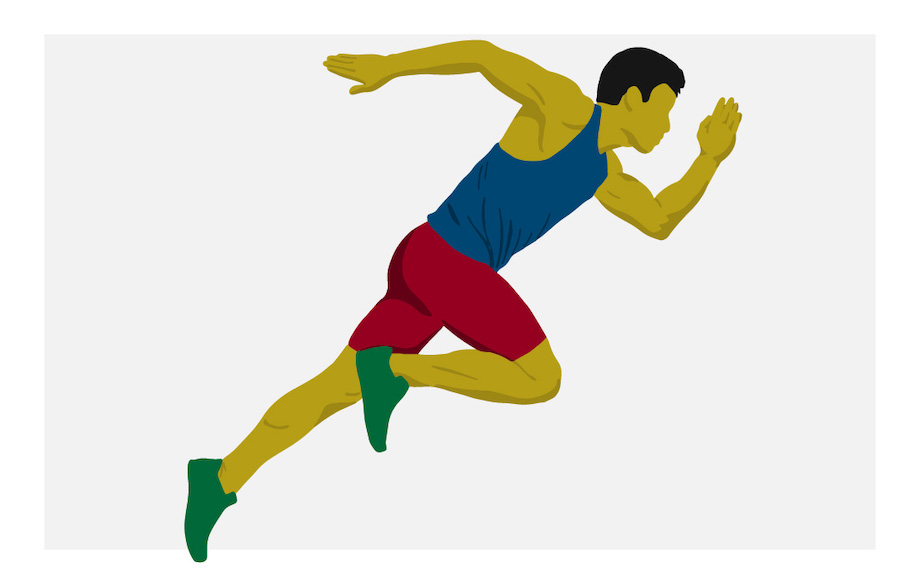
Start incorporating sprint sessions one or two months out from your race date. Sprints help in building speed and power, which will help you become a more robust and faster runner. They encourage physiological adaptations at the cellular level and develop muscle memory. Make sure you are warmed up before the session and have been running consistently for a few months.
7. Increase Your Mileage
A strong aerobic base paves the path for increasing your mileage and introducing race-specific intensity. Increase your volume by no more than 10 to 15% each week and follow the three-week-build and one-week-down period rule, where you increase mileage for three weeks in a row, then decrease it on the fourth week.
Ramping up too quickly can lead to overuse injuries and burnout. It takes time to condition the ligaments, bones, tendons, and muscles to adapt to a heavy training load. Start from where you are in your training, not where you want to be.
Volume and intensity are inversely proportional to each other. While running for longer distances, do not think about hitting faster speeds. Maintain your heart rate within 60 to 70% of your maximal heart rate. Doing long runs at a slower pace develops the density of mitochondria in the body that are the powerhouse of cells. Your body will become efficient in supplying oxygen to the working muscles at high intensities.
8. Fine-Tune Your Training Plan
Your training program should include these various types of runs, should be race- or goal-specific, should build slowly over months keeping in mind your running history, and should include cross-training with proper rest in between. Hire a good running coach to help you with it. Good training schedules are always written in pencil, not set in stone. They allow you to reach your potential without any setbacks or injuries.
Divide your training program into different blocks that will focus on building whatever your goal is. A good way is to work backward from your race date or goal. For example, if your race is in six months, divide your training into blocks of single months where you’ll train each component of your sport, like endurance, speed, strength, increasing your threshold, etc. It will help you become a faster runner without getting injured.
9. Buy the Correct Running Shoes
A good running shoe will support your entire body and help you run longer and faster. With so many options available on the market, buying a shoe that fits your needs requires some research.
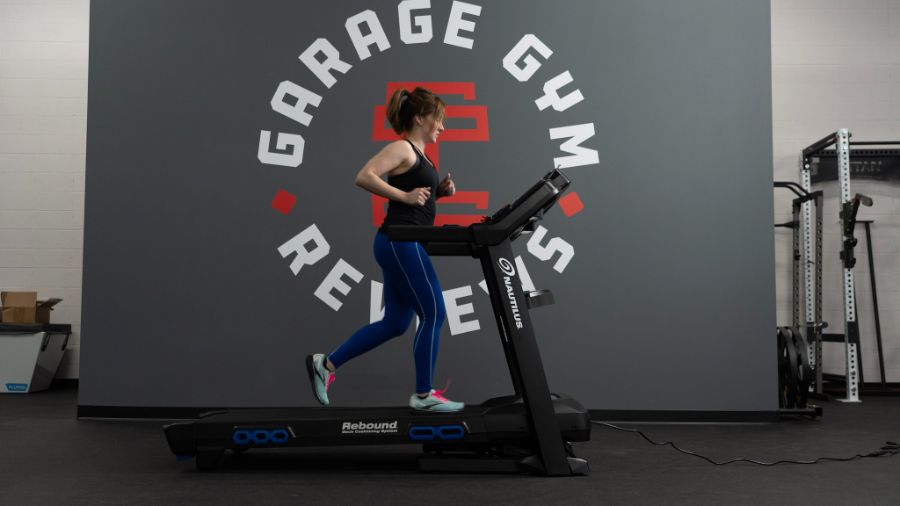
A good starting point would be to test your gait—many shoe stores provide this service. The expert will check the anatomy of your feet, then have you jog or run on a treadmill. Based on this, you can purchase a shoe that suits your style. For example, if you’re an overpronator, shoes that have extra support and flatter outsoles will help stabilize your feet and prevent injuries.
RELATED: How to Choose Running Shoes
10. Ensure Proper Hydration and Nutrition
Nailing your hydration and nutrition can help you get the most out of your training and speed up your recovery. Being well-hydrated also improves cognition and mood.
Take sips of water every 10 to 15 minutes during your run, and always replenish the lost fluids after your run. For runs less than an hour, plain water is fine. For any training duration longer than an hour or after a high-intensity run, mix electrolytes containing sugar (a slow-release carbohydrate like maltodextrin) in your drink.
Everyone is different, but in general, eating a small meal or snack that’s high in carbs and lower in protein and fat one to two hours before your training session should do the trick. After your run, choose a snack with a mix of carbs and protein. Avoid heavy foods, particularly before you head out.
11. Ensure Adequate Rest
You will not become a faster runner just by following a training plan—muscle recovery tools are just as important. Getting a good night’s sleep, stretching and foam rolling to relieve the tight muscles, and giving proper rest to your body help you recuperate better from a training session and encourage training adaptations. Include one to two rest days in a week as well.
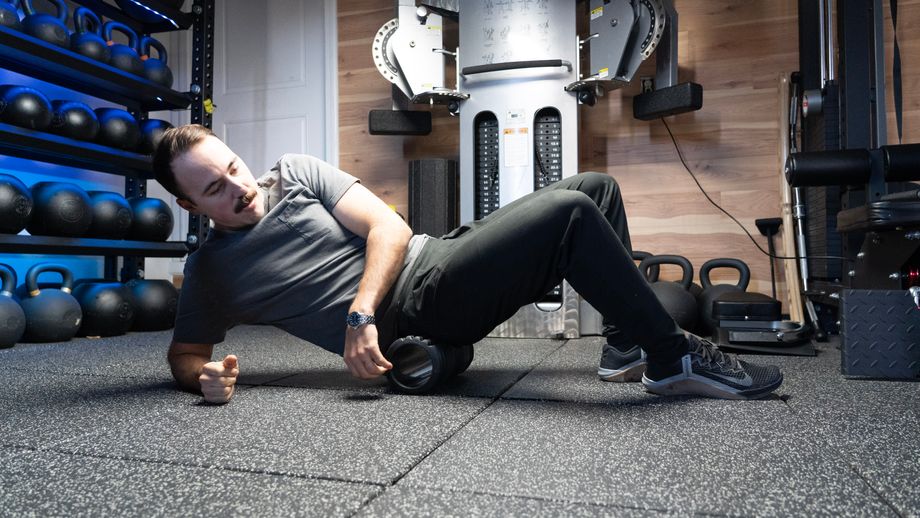
The body becomes weaker and immunity falls when you train hard and consistently. It is during the rest and recovery phase after your run that your muscles rebuild and strengthen. Otherwise, all the hard work negates and your fitness level may plateau. Learn to listen to your body and do not rush to the next day’s training run if you aren’t properly recovered.
Speed Workouts
Below are two examples of speed-training workouts. Ensure that you do a proper warm-up with dynamic running-specific movements before you jump into these workouts. Don’t do them more than twice per week in your build phase. Take proper rest after the workouts and hydrate well.
Workout #1
- 15-minute warm-up: 5-minute walk, then some dynamic stretches, then jog until you hit time
- Mile repeats x 5 at 5k pace (three minutes of recovery in between each set)
- 10-minute cool-down
Workout #2
- 20-minute warm-up: 5-minute walk, then some dynamic stretches, then work up to race pace until you hit time
- 100m x 10 at 80% effort level (2 to 3 minutes of standing/walking rest in between each set)
- 15-minute cool-down
Final Thoughts
Figuring out how to run fast is a puzzle, and there are a lot of pieces that need to fall into place. A good way to start is by having a clear goal in mind and designing a training plan that helps you achieve the desired results. Increase your training volume slowly and introduce intensity after you have achieved a good aerobic capacity. Include a variety of training sessions that will stimulate physical adaptations and boost your running performance.
Takeaways:
- Work on achieving good running form and incorporate strength training into your regimen.
- Build up volume and intensity slowly but don’t do both in the same training session.
- Get a training plan made by a professional, but allow room for modification..
- Ensure proper hydration and nutrition and make your recovery a priority for better training adaptations.
Running Pace Calculator

Calculate Your Running Pace
Enter your stats in any 2 of the fields below to calculate the third.
How to Run Faster FAQs
How can I boost my running speed?
Running speed can be boosted in a few ways: maintain good form; do interval training; and introduce resistance workouts to your plan. Hill training twice a week helps in strengthening the leg muscles helping you become a faster runner.
Why do I run so slow?
Running faster takes dedicated time and effort. There could be a variety of reasons why you may run slow: You may need more training time, or maybe you’re running all the time and not getting proper rest. Other reasons could be insufficient fueling and not eating enough calories. Try varying your training, introducing workouts like intervals and strength, to promote faster running.
What foods make you run faster?
While there are no magic foods to help you run faster, some research has shown that anti-inflammatory and iron-rich foods like spinach, beetroot, kale, and watermelon help in the consistent release of energy to the bloodstream, which can help you run faster. Consuming high-carbohydrate foods before and during your runs can also help you keep up your energy levels so you can run faster for longer. Caffeine intake about 30 minutes to an hour before a run can also help boost your running speed.
RELATED: Best Pre-Workout
Further reading

Running is a simple sport, but it requires work—you don’t become a fast runner by mistake. You need to be deliberate about your training sessions, and potentially introduce lifestyle changes, to become faster. If you’re wondering how to run faster, we’ve got you covered with 11 tips and techniques for maintaining faster paces for longer runs, whether your goal is to run a 10K, half-marathon, or a full marathon. These tips are not secrets, » Read more about: How to Run Faster: 11 Strategies to Increase Your Running Speed » Read more

Is this all-in-one trainer really everything you need for a home gym? Find out in our Force USA G15 review. Read more

Stronger core muscles, greater mobility, and better sex? The pelvic tilt exercise boasts these benefits and more! Check out our expert guide right here! Read more

The 5/3/1 Workout is one of the most legendary powerlifting training techniques—but what is it and how is it done? A certified personal trainer explains it all. Read more

